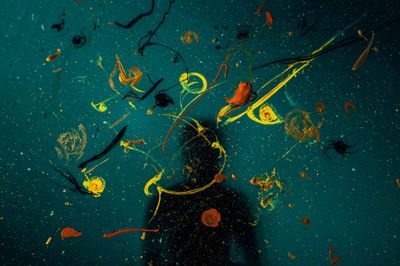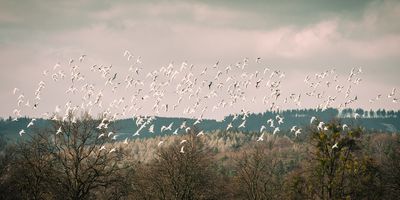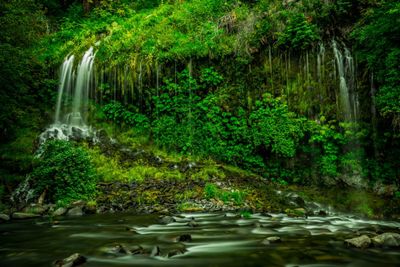-
 Can we teach creativity ? (Part 1)
Can we teach creativity ? (Part 1)We tend to think of creativity as the generation or apparition of new ideas, which can then be put into action. I call this “ideation”. This view of creativity is probably so strong because we take our paradigmatic examples of creativity in specific...
-
 Why we need variability of movement
Why we need variability of movementWhen it comes to producing skillful sport performance, we tend to think that we need to achieve a very consistent way of moving. In that perspective, less movement variability means better performance. This comes from a common assumption that...
-
 Self-organisation and attractors
Self-organisation and attractorsIn this article, we will be focusing on two key concepts of ecological-dynamics: self-organisation, and the attractor landscape. As we have shown previously, ecological-dynamics understands our bodies as complex systems with numerous interacting...
-
 The dynamical systems approach
The dynamical systems approachDynamical systems theory is a branch of mathematics used to describe complex dynamical systems. These are systems with multiple parts that interact with each other and change over time. Examples can range from living things like a colony of ants to...
-
 Introduction to Ecological Dynamics
Introduction to Ecological DynamicsEcological Dynamics is a scientific framework that studies the behaviour neurobiological systems. This involves how living organisms form processes of action, perception and cognition. It is a very holistic approach to studying behaviour, as it...
-
 Affordances: Perception and Action
Affordances: Perception and Action''The affordances of the environment are what it offers the animal, what it provides or furnishes, either for good or ill. The verb to afford is found in the dictionary, the noun affordance is not. I have made it up. I mean by it something that...
